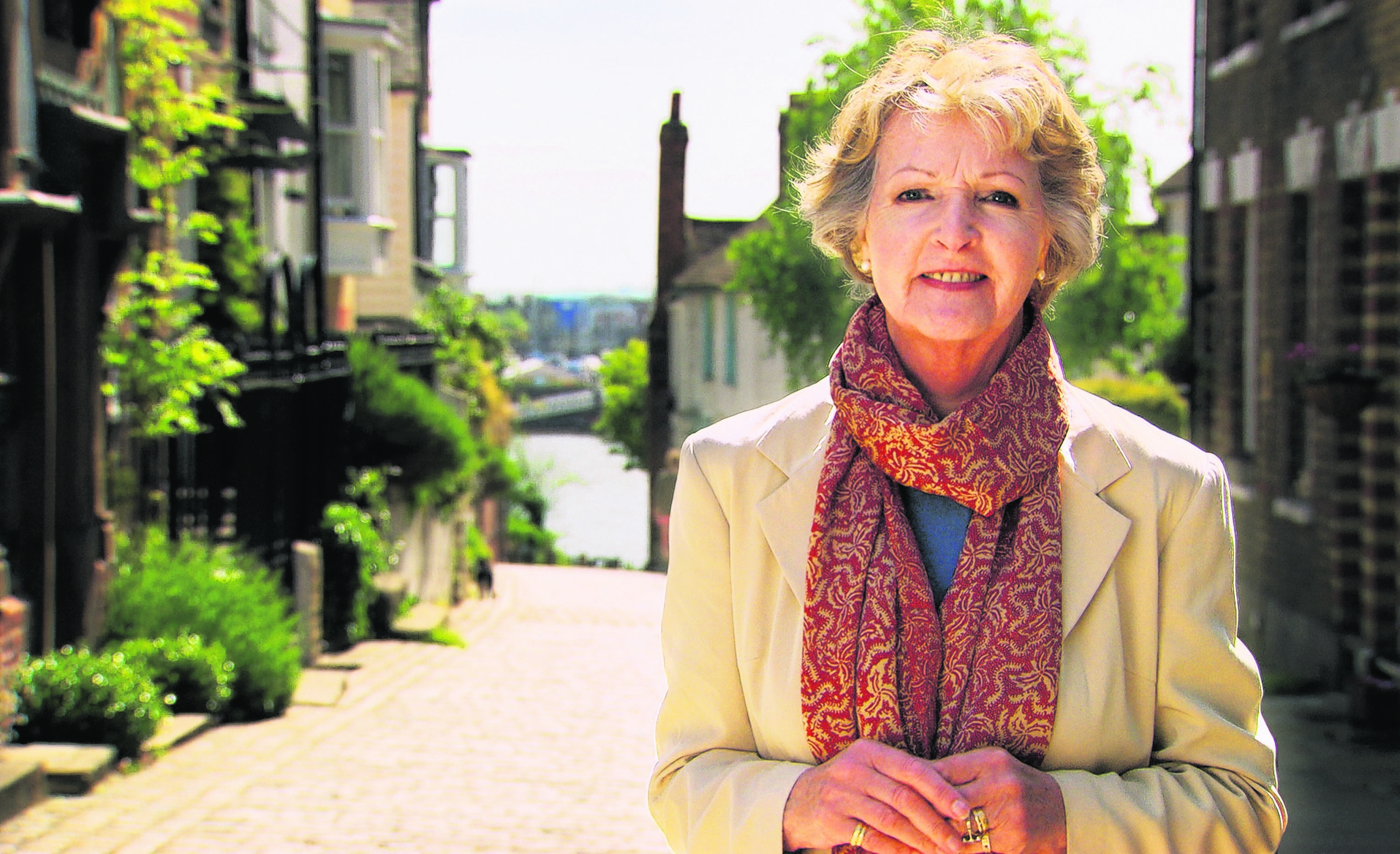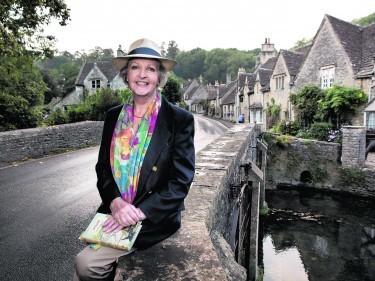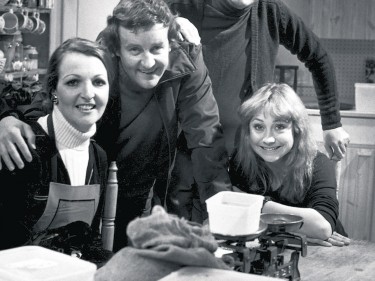Penelope Keith’s theatre work has taken her the length and breadth of the country, but she isn’t one for relaxing in soulless hotel rooms before the curtain goes up.
“I have my days free, so I do get out a lot and I’ve explored quite a lot of the country when I’ve been on tour. As long as I’m back in the afternoon by about 3pm or 4pm, to put my feet up for an hour or so before the evening,” the actress reveals, in those instantly recognisable and deliciously rich tones.
“It is extraordinary, even though it’s very small, how different everywhere is,” said the actress who has a highland home in Fortrose on the Black Isle, near Inverness.
The To The Manor Born star indulges this passion and pride in the great British outdoors in Penelope Keith’s Hidden Villages, which is returning to screens for a second series. The More4 documentary show sees Keith visit some of our best-loved villages, including several on Royal Deeside, Alfriston in East Sussex (which she visited as a child) and Upnor in Kent, as she reflects on rural life with the local people she meets.
In this four-part series Penelope also reveals more of the heritage and quirky traditions on which our varied villages are founded, while finding out what it means to be a village today.
A proud villager in the home counties for nearly 40 years, Penelope is once again accompanied by the Batsford Guides – a series of beautifully illustrated books published from the 1930s onwards. They offer a window on our rural way of life, and help reveal what makes our villages unique. They also provide the ideal yardstick for seeing how life as a villager has changed in the 21st century.
Penelope will visit four very different regions: The popular peninsula of Devon and Cornwall and the lush beauty of Sussex and Kent in the south. Further north, the stunning Cumbrian landscape, and the royal retreat of Deeside in our very own Scotland.
During her visit to Royal Deeside she looks at the important role Queen Victoria played in shaping modern Deeside. Her journey largely runs alongside the River Dee, and her first stop is in Aboyne, where she takes to the skies in a glider. Not only is it the best way of seeing the huge distances between Deeside’s villages, but it also gives the most incredible views of the stunning location.
She also explores the royal link by visiting Ballater station, the terminus of the railway built for Queen Victoria in the 1860s and which sadly is in ruins after a blaze in May, and moves on to Balmoral where she discovers the secrets of the present Queen’s vegetable patch.
Having caught up with her Deeside cousin Bill, Penelope heads to Finzean where she’s out amongst the gorse and heather, looking for the estate’s deer herd with the local gamekeeper. Her final village is Braemar where she visits the world famous Highland Games arena for the first time since the 1950s; Braemar Castle which was a Jacobite stronghold in the early 18th century, and meets local children keeping the bagpipe tradition alive.
Over the course of the series, the 75-year-old presenter also explores whether our villages are as robust as ever, or groaning under the weight of modern-day pressures.
So has the death knell sounded for the British village as we know it? Penelope doesn’t think so.
“I think they’re a fairly resilient lot, villages. And with the advent of the motor car, that’s what has changed village life, the fact that people can get out,” she muses.
As a young child growing up in Clapham, South London, the actor’s own early years were somewhat urban, though she was sent to boarding school in the coastal town of Seaford, East Sussex, aged six.
It was as a schoolgirl that she discovered a love of performing, and she went on to study at London’s Webber Douglas Academy of Dramatic Art (at around 5ft 10ins, she was reportedly rejected from the Central School of Speech and Drama for being too tall). She joined the Royal Shakespeare Company in the early Sixties, and in 1975, landed her big TV break in well-loved BBC sitcom The Good Life, as the fabulously snobbish suburbanite Margo Leadbetter, alongside Felicity Kendal.
Theatre, TV and charity work keep her very busy, but unlike her Good Life character Margo, who was more interested in soirees and social climbing than spades and shrubbery, she loves nothing more than donning her garden gloves when she gets some downtime.
“Margo didn’t like gardening, but I get my hands dirty, very dirty,” she said.
Next up for Keith is a return to Chichester to appear in the one-woman play Mrs Pat, about the celebrated English actress Mrs Patrick Campbell, at the Chichester Festival Theatre in October.
“I work when I want to, really,” the actress admits. “I’m in the happy position now of just working when something interests me, and that’s a lovely point to reach.”
Series two of Penelope Keith’s Hidden Villages begins on More4 on Tuesday, September 1.


